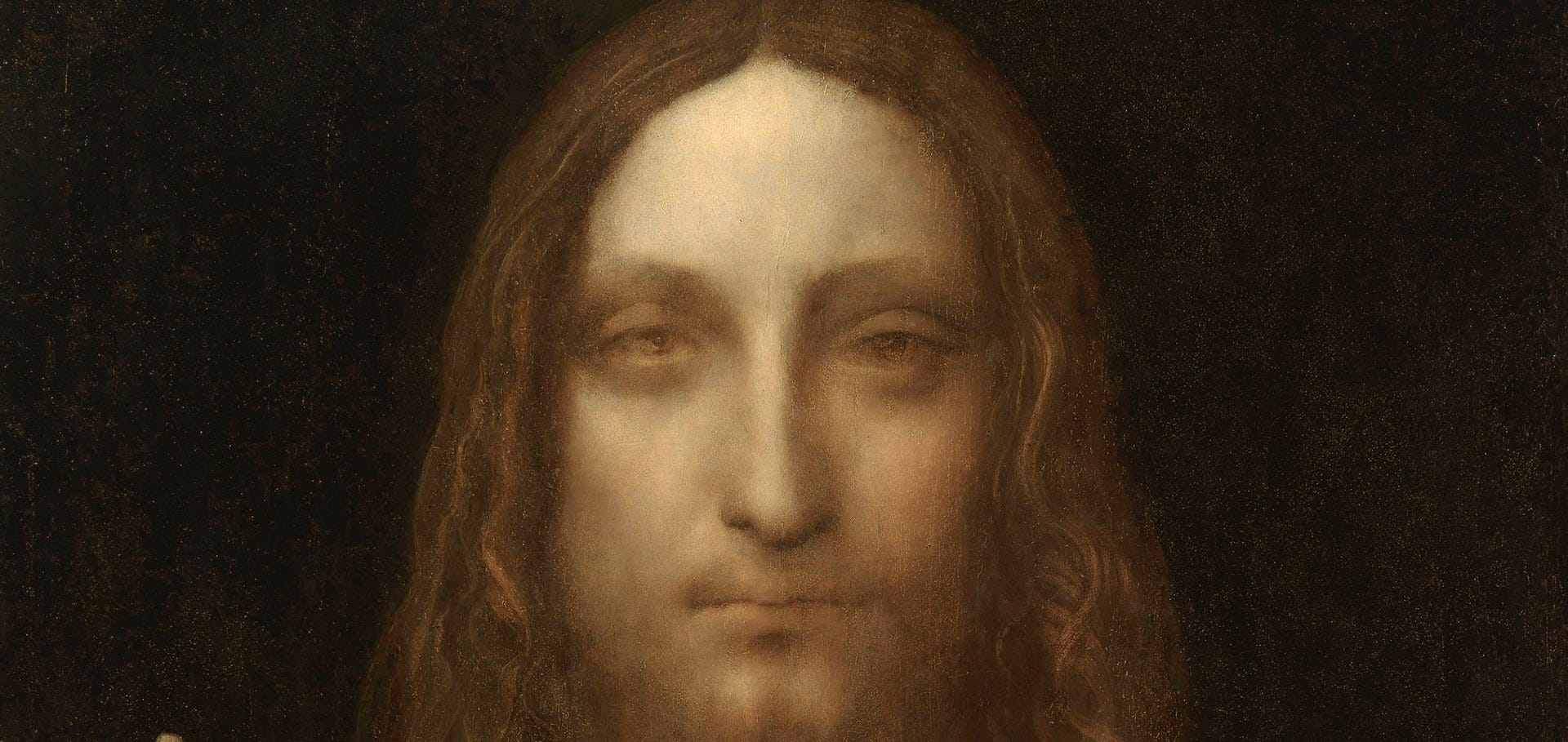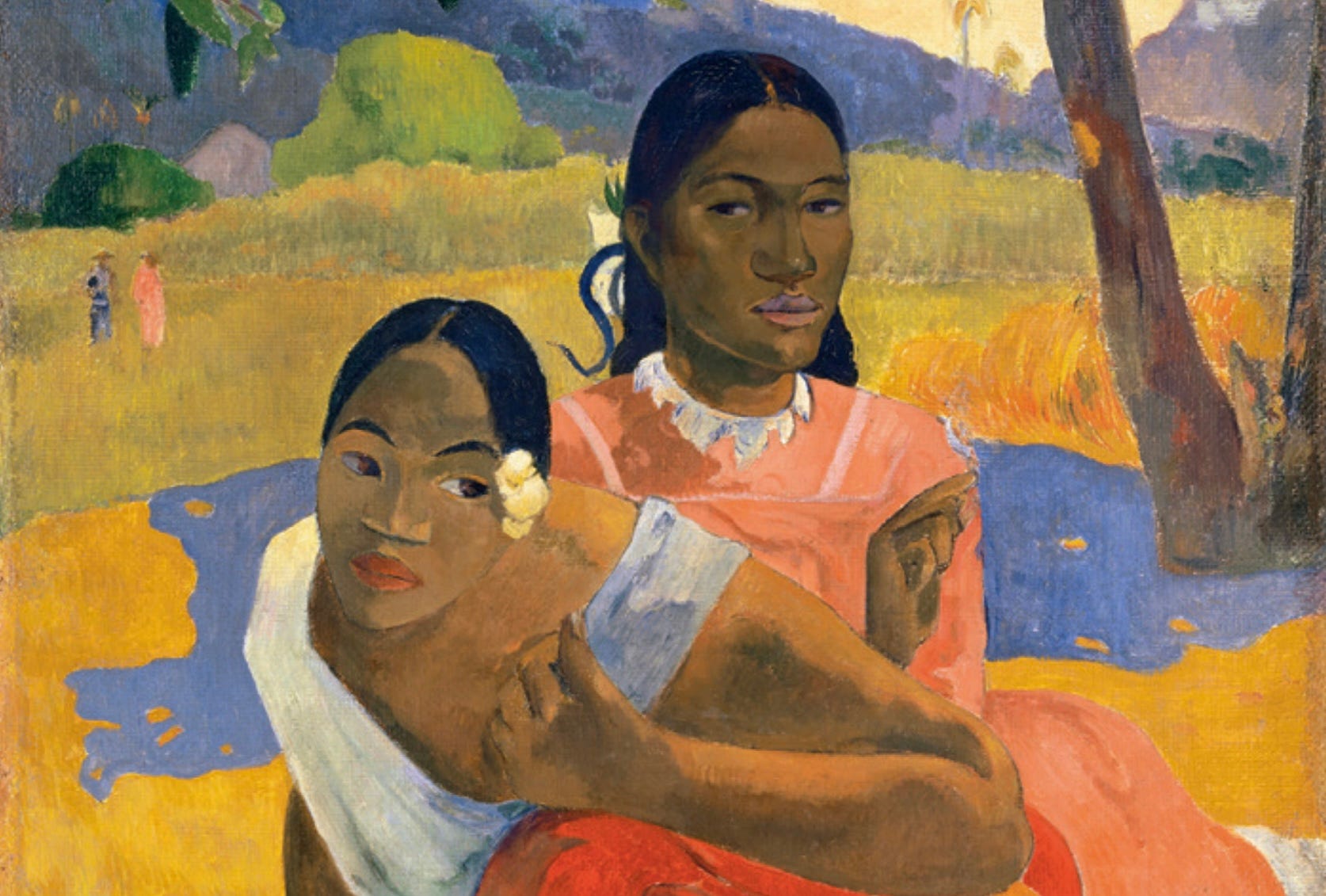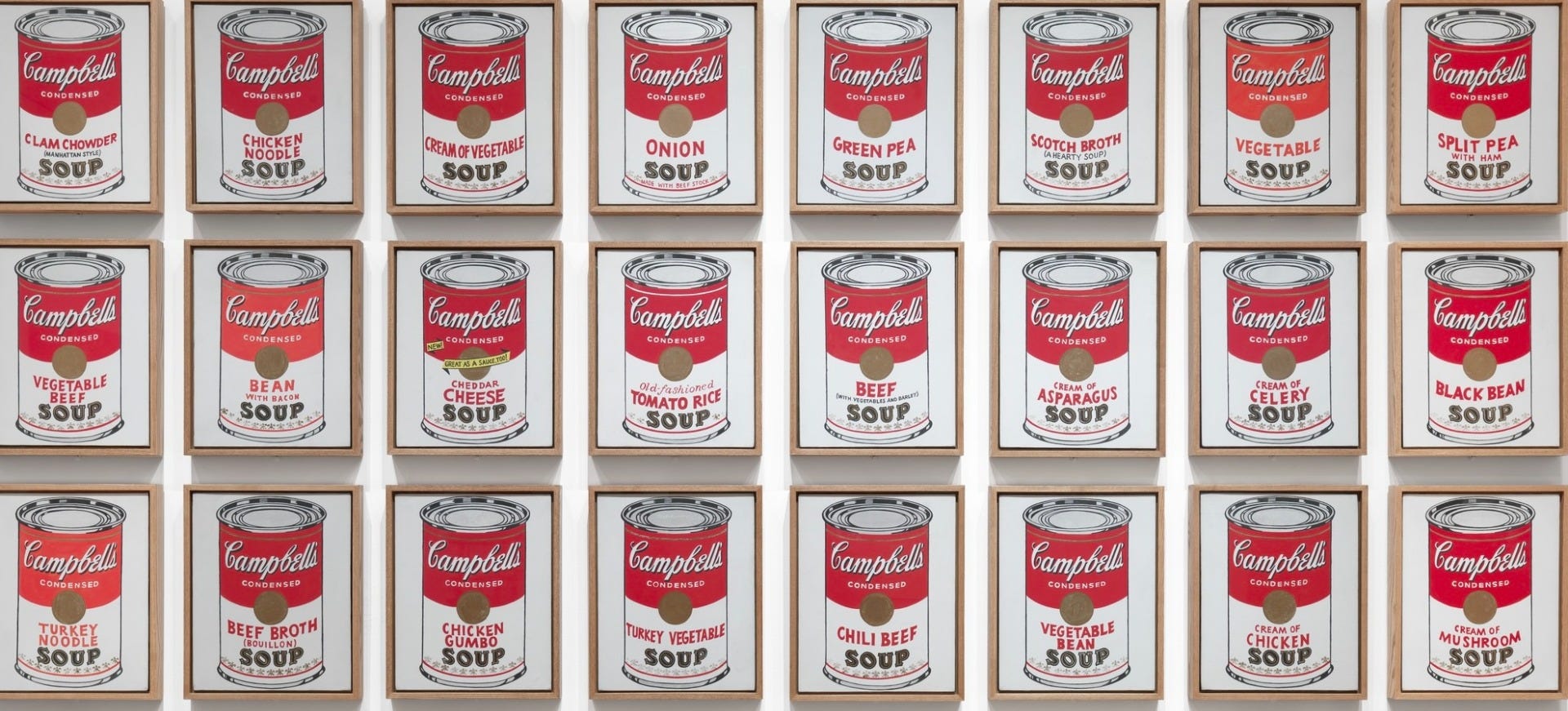Why Is Van Gogh So Famous and Influential Today?
- Jul 21, 2024

Image: Vincent van Gogh, Self-Portrait with Bandaged Ear, 1889. Oil on canvas. The Courtauld Gallery, London.
Why Is Van Gogh So Popular Today?
In early 2021, Miami opened its doors to “Van Gogh: The Immersive Experience.” If you haven’t had the chance to experience the show firsthand, lucky for you, it’s been extended until November 2021. Miami is one of 22 major cities in the world to host this incredible virtual experience, offering a walk into the artistic world of Vincent Van Gogh.
Immersive and captivating, the exhibition is a virtual walk-through of some of the most pivotal pieces of Van Gogh’s career. With walls, pillars, and floors used as a moving canvas to display his artwork, the exhibit features over 300 of Van Gogh’s most iconic masterpieces, including “The Starry Night,” “Sunflowers,” and “Café Terrace at Night.” The detail of the projections allows viewers to see the depth in the brush strokes, as if they could reach out and feel the texture of the paint, providing an experience of a lifetime.
Why Is Van Gogh So Popular in Today’s Modern World?
Van Gogh’s work is perhaps one of the most recognizable in any art show, museum, or gallery. His art speaks a universal language through its vivid colors and unique style. Even 130+ years after his death, his audience spans the globe, touching people of all ethnicities, ages, genders, and backgrounds. So, why does Vincent Van Gogh have such a hold on us, even years after his death?
Vincent Van Gogh was a mentally ill artistic genius who painted the world in bright colors. His expressive and emotive use of color and distinct brushwork became hugely popular, massively influencing Expressionism, Fauvism, and early abstraction, as well as various other aspects of 20th-century art. Van Gogh’s unique life has inspired millions to become active in art. The archetypal “artist persona” we recognize today is largely a result of his influence.
Reasons Why Vincent Van Gogh Is So Relatable Today
Display of a Multi-School Approach:
Van Gogh didn’t start painting until his late twenties. The majority of his well-known pieces were created in the final two years before his death. During this time, the art world was transitioning from Realism to Post-Impressionism, focusing on naturalistic depiction of light and color. Van Gogh’s paintings displayed a unique blend and balance, contributing to their growing popularity over the years.
Conveyance of Novel Interpretations:
Van Gogh is known for portraying unique representations in his paintings. He conveyed a sense of feeling and connection through his work. In “Café Terrace at Night,” Van Gogh recreated the setting directly from his observations, but he imbued the image with a spiritual and psychological tone that echoed his personal reaction. The brushstrokes vibrate with the excitement and pleasure Van Gogh experienced while painting.
Being Ahead of His Time:
Although Van Gogh was a renowned artist for only a decade, he never shied away from creative experimentation. In his last five years, he created a niche that had never been explored by his contemporaries. For example, “The Starry Night,” created from memory, depicts the scenery outside Van Gogh’s window in France, demonstrating his avid interest in astronomy. The emphasis on interior, emotional life is clear in his swirling, tumultuous depiction of the sky—a radical departure from his previous, more naturalistic landscapes.
Unusual Choice of Subjects:
One of Van Gogh’s most unconventional subjects was himself. As a relatively unknown artist with limited financial resources, he painted self-portraits, which became some of his most renowned works. He found inspiration in simple subjects like trees, fields, and churches, appealing to a wider audience. After cutting off a portion of his right earlobe during a manic episode, Van Gogh painted “Self Portrait with a Bandaged Ear,” demonstrating the important role artistic creation held for him.
Fun Facts about Van Gogh
• Van Gogh’s Brother: Theo, Van Gogh’s brother, was instrumental in his life, providing financial and emotional support, and facilitating Vincent’s introduction to influential figures in the art world.
• Prolific Output: Van Gogh created over 2,100 artworks, including about 860 oil paintings, all in a span of about 10 years.
• Synesthesia: It is speculated that Van Gogh may have had synesthesia, a condition where one sense is simultaneously perceived by one or more additional senses. This might explain his vivid color choices and emotional intensity in his paintings.
• Van Gogh’s Palette: He was known for eating paint and drinking turpentine in fits of madness, believing it would cure his depression.
• Letter Writing: Van Gogh was an avid letter writer. Over 800 of his letters survive today, providing a deep insight into his thoughts, emotions, and creative process.
• The Yellow House: Van Gogh’s house in Arles, known as the Yellow House, was where he created some of his most famous works, and it was intended to be a place for artists to live and work together.
• Famous Posthumously: Van Gogh sold only one painting during his lifetime, but his works became highly sought after his death. Today, his paintings are among the most expensive in the world.
• Influence on Medicine: The swirling patterns in “The Starry Night” have been analyzed by physicists and found to resemble fluid turbulence, making the painting a subject of scientific study as well.
Recent Exhibitions and Their Impact
In 2024 and 2025, exhibitions like “Van Gogh Alive” and “Beyond Van Gogh” continue to draw huge crowds worldwide, showcasing the lasting impact of his work. “Van Gogh Alive” uses state-of-the-art technology to project his works onto walls, ceilings, and floors, immersing visitors in his vibrant colors and dynamic brushstrokes. Meanwhile, “Beyond Van Gogh” takes a similar approach but adds a narrative journey, telling the story of Van Gogh’s life and struggles through his art. These exhibitions not only honor Van Gogh’s legacy but also bring his work to life for a new generation, fostering a deeper appreciation and understanding of his genius.
In addition, the “Van Gogh Museum” in Amsterdam continues to be a significant attraction, offering both permanent collections and rotating exhibits. The museum has also embraced digital technology, providing virtual tours and online exhibitions that make Van Gogh’s art accessible to a global audience.
Conclusion
Vincent Van Gogh has established himself as an institution in the field of art through his great works. Often referred to as the “Mad Artist,” his influence continues to inspire emerging artists and fascinate audiences. His connection with people today is stronger than ever, whether through his color schemes, subjects, or unique art style. Van Gogh’s work creates a community of individuals who appreciate the art of an artist who saw the world as his own canvas.









